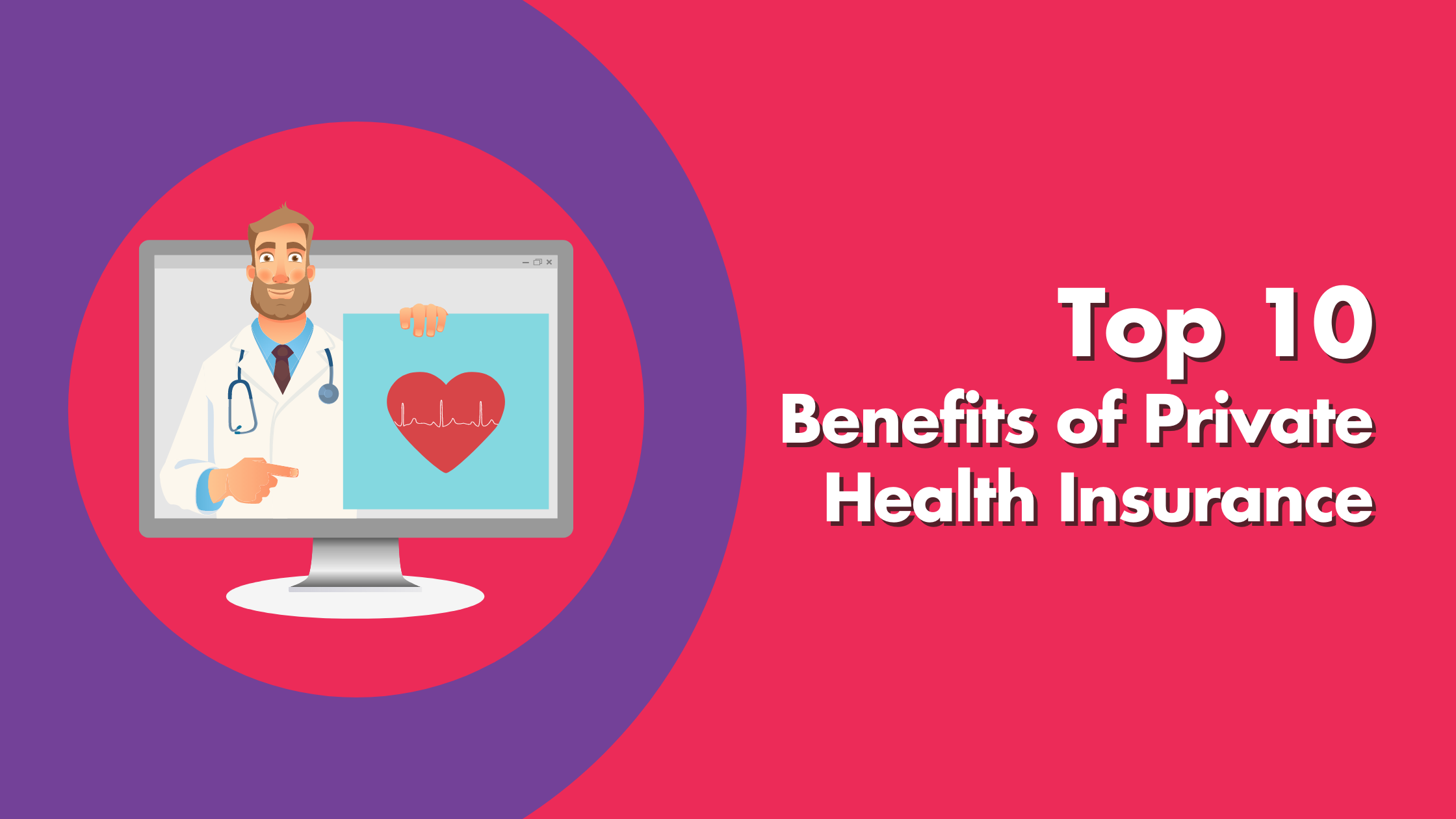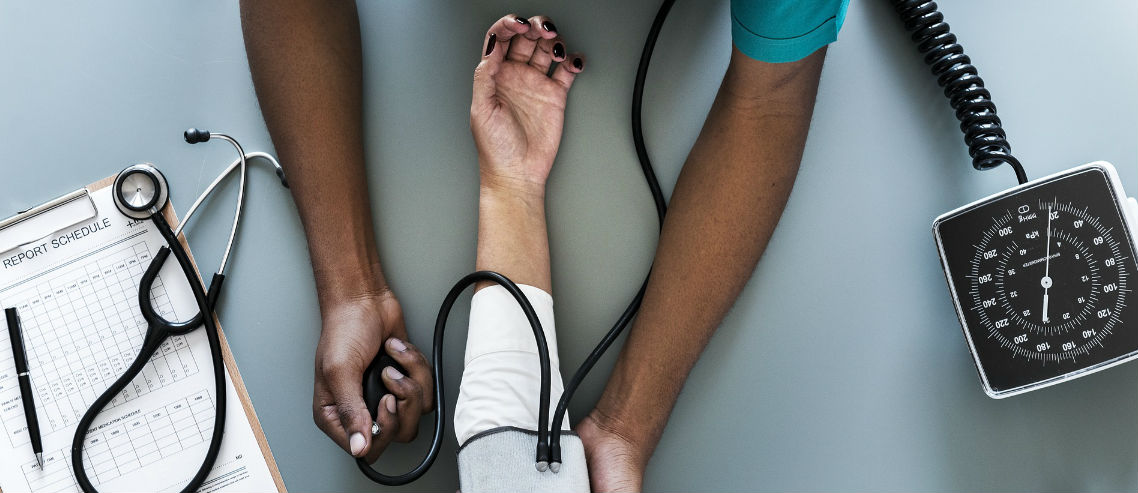Medicare Advantage Agent for Beginners
Wiki Article
Medicare Advantage Agent Things To Know Before You Get This
Table of ContentsHow Medicare Advantage Agent can Save You Time, Stress, and Money.Indicators on Medicare Advantage Agent You Should KnowRumored Buzz on Medicare Advantage Agent


follows from complies with the puzzling young reasonably profile of the uninsured with without insurance better health, on average, standard younger personsMore youthful For those without accessibility to office health insurance coverage, poor health is a possible obstacle to purchasing nongroup protection because such coverage may be extremely priced, exclude preexisting conditions, or be simply inaccessible. Unless or else kept in mind, nationwide quotes of individuals without wellness insurance policy and proportions of the populace with various kinds of protection are based on the CPS, the most widely made use of source of price quotes of insurance policy coverage and uninsurance rates.

Some Known Details About Medicare Advantage Agent
Over a three-year period starting early in 1993, 72 million people, 29 percent of the united state population, lacked protection for a minimum of one month. Within a solitary year(1994), 53 million individuals experienced at the very least a month without protection(Bennefield, 1998a). Six out of every ten without insurance grownups are themselves employed. Working does improve the probability that one and one's family participants will have insurance policy, it is not a guarantee. Even participants of households with 2 full-time breadwinner have practically a one-in-ten opportunity of being without insurance (9.1 percent uninsured rate)(Hoffman and Pohl, 2000 ). The relationship between health insurance policy and access to care is well established, as recorded later in this chapter. Although the partnership in between health and wellness insurance coverage and wellness end results is neither straight nor easy, an extensive scientific and wellness services study literature links wellness insurance policy coverage to better access to care, far better top quality, and enhanced personal and populace wellness standing. The 2nd report, on individual wellness end results for uninsured adults, is stood for by the innermost circle of the number, while the third report, on family well-being, incorporates the subjects of the 2nd report yet stresses a different unit of analysis, specifically, the family. The 6th report in the collection will provide details about techniques and initiatives carried out locally, statewide, or across the country to attend to the absence of insurance and its negative effects. Degrees of analysis for analyzing the results of uninsurance. This conversation of wellness insurance policy coverage focuses primarily on the U.S. population under age 65 since basically all Americans 65 and older have Medicare or other public insurance coverage.
In addition, it focuses specifically on those without any medical insurance for any type of size of time. The issues dealt with by the underinsured remain in some aspects similar to those faced by the uninsured, although they are generally less severe. Uninsurance and underinsurance, however, include noticeably various plan problems, and the strategies for addressing them may differ. Throughout this study and the five reports to follow, the major focus gets on individuals without medical insurance and hence no aid in paying for health treatment beyond what is available through charity and safeguard institutions. Wellness insurance is a powerful factor impacting receipt of treatment since both people and doctors react to the out-of-pocket cost of services. Medical insurance, however, is neither essential neither sufficient to acquire accessibility to clinical services. However, the independent and direct result of health and wellness insurance policy coverage on access to wellness services is well developed. Others will certainly get the wellness care they require also without medical insurance, by paying for it right here out of pocket or seeking it from service providers that offer care complimentary or at very subsidized prices. review For still others, wellness insurance policy alone does not guarantee receipt of care as a result of other nonfinancial obstacles, such as an absence of healthcare service providers in their community, restricted access to transport, illiteracy, or etymological and cultural differences. Official research concerning uninsured populations in the USA dates to the late 1920s and early 1930s when the Board on the Expense of Healthcare generated a series of records concerning funding physician office check outs and hospitalizations. This problem ended up being prominent as the varieties of clinically indigent climbed up during the Great Depression. Empirical studies continually support the web link between accessibility to care and boosted wellness end results(Bindman et al., 1995; Starfield, 1995 ). Having a regular resource of care can be taken into consideration a predictor of access, as opposed to a straight procedure of it, when health outcomes are themselves made use of as gain access to indications. This expansion of the concept of accessibility measurement was made by the IOM Committee on Keeping Track Of Access to Personal Healthcare Solutions(Millman, 1993, p. Whether or not parents are insured shows up to influence whether their youngsters get care in addition to just how much careeven if the youngsters themselves have insurance coverage(Hanson, 1998). The health of parents can impact their capability to take care of their kids and the level of family read this article tension. Bothering with their youngsters's access to care is itself a source of anxiety for moms and dads. 3 phases comply with in this report. Phase 2 offers an overview of how employment-based health and wellness insurance coverage, public programs and specific insurance coverage operate and interact to provide substantial yet incomplete protection of the U.S. population. This includes an evaluation of historic trends and public laws influencing both public and personal insurance, a discussion of the communications among the various sorts of insurance policy, and an assessment of why individuals relocate from one program to one more or wind up

Report this wiki page